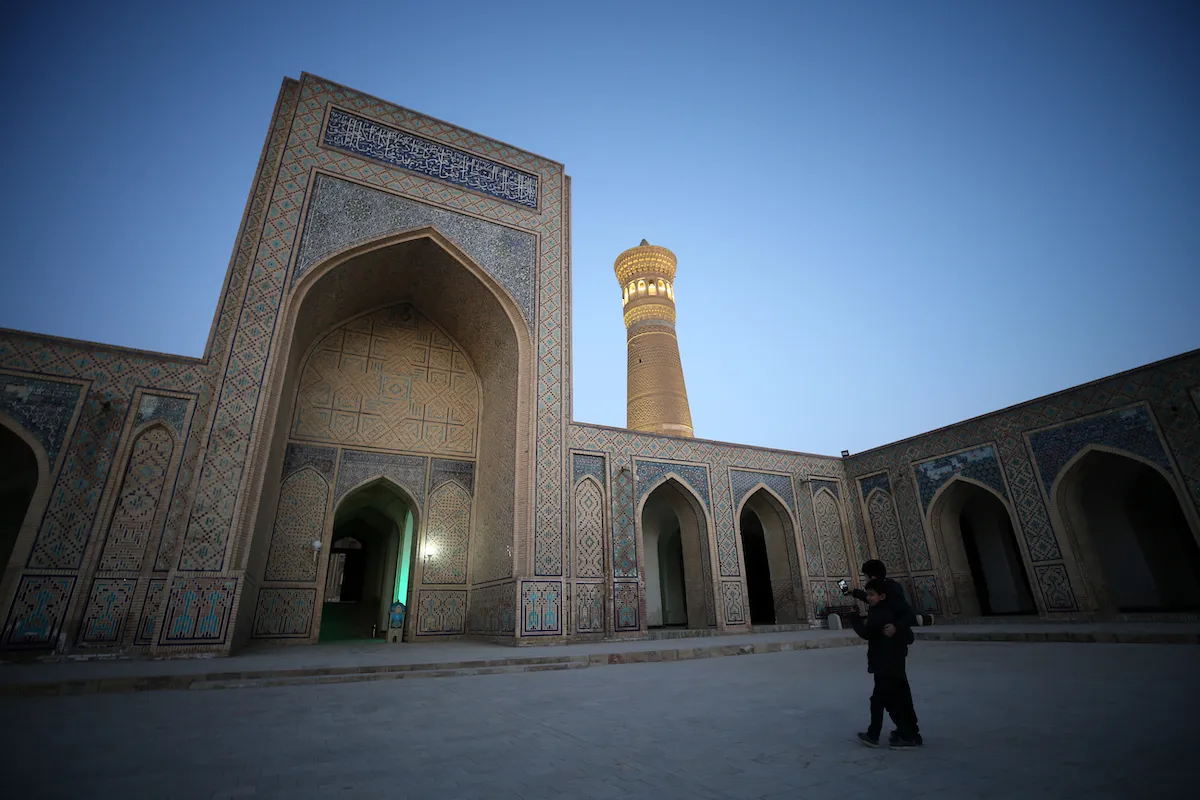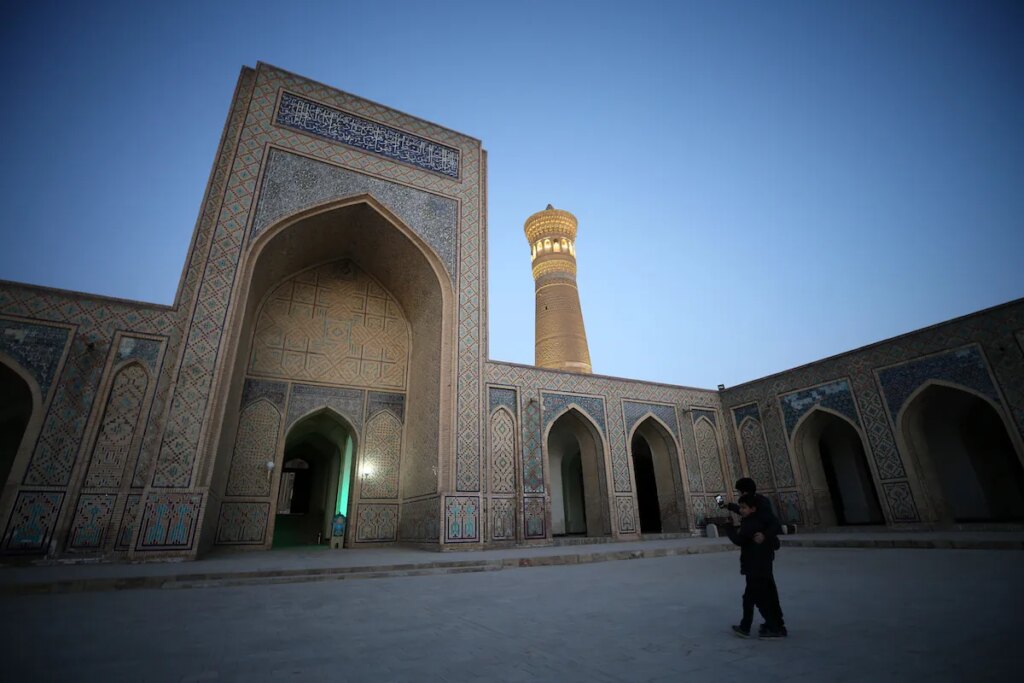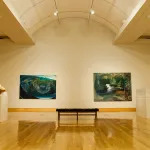
Into the crowded field of biennials joins yet one more—this one in Central Asia, a region that generally lacks exhibitions with international visibility.
In 2025, the Bukhara Biennial will launch in Uzbekistan, in what is billed as one of the largest exhibitions of its kind in Central Asia. Set to open on September 5 of that year, the show will be curated by Diana Campbell, the Los Angeles–based curator who serves as artistic director of the Samdani Art Foundation in Bangladesh.
Campebell’s biennial will be titled “Recipes for Broken Hearts,” a reference to the exhibition’s focus on healing. The show will specifically center around food, and there are plans to bring on chefs from Uzbekistan and beyond to produce meals throughout the exhibition’s run.
A full artist list has not been made available yet, but the announcement included word of certain participants. Art stars abound: Delcy Morelos, the subject of a recent, acclaimed Dia Art Foundation show, is set to show there, as are Wael Shawky and Pakui Hardware, the artists representing Egypt and Lithuania, respectively, at the current Venice Biennale. Antony Gormley, Subodh Gupta, Binta Diaw, and others will also bring their art to Uzbekistan for the show.
But there will also be heaping of Uzbek artists, including Aziza Azim, Behzod Boltaev, Gulnoza Irgasheva, Oyjon Khayrullaeva, and Hassan Kurbanbaev.
Bukhara is a city known mainly for its mosques and madrasas, many of which date back centuries and are considered important examples of Islamic architecture. The exhibition will take place in the city’s historic district.
“For centuries, religious and cultural traditions from all corners of the world have commingled in Bukhara, resulting in a rich atmosphere of learning, craft and artistic production,” Campbell said in a statement. “It has always been a place where people came together to find togetherness in the quest for a more meaningful life through a search for spiritual, intellectual, and worldly knowledge. ‘Recipes for Broken Hearts’ will emphasise this legacy by revitalising some of the extraordinary sites that were essential to developing the culture that we celebrate today, bringing them back into the pulse of life of the city through an interdisciplinary event which goes beyond the traditional notions of an art biennial.”


